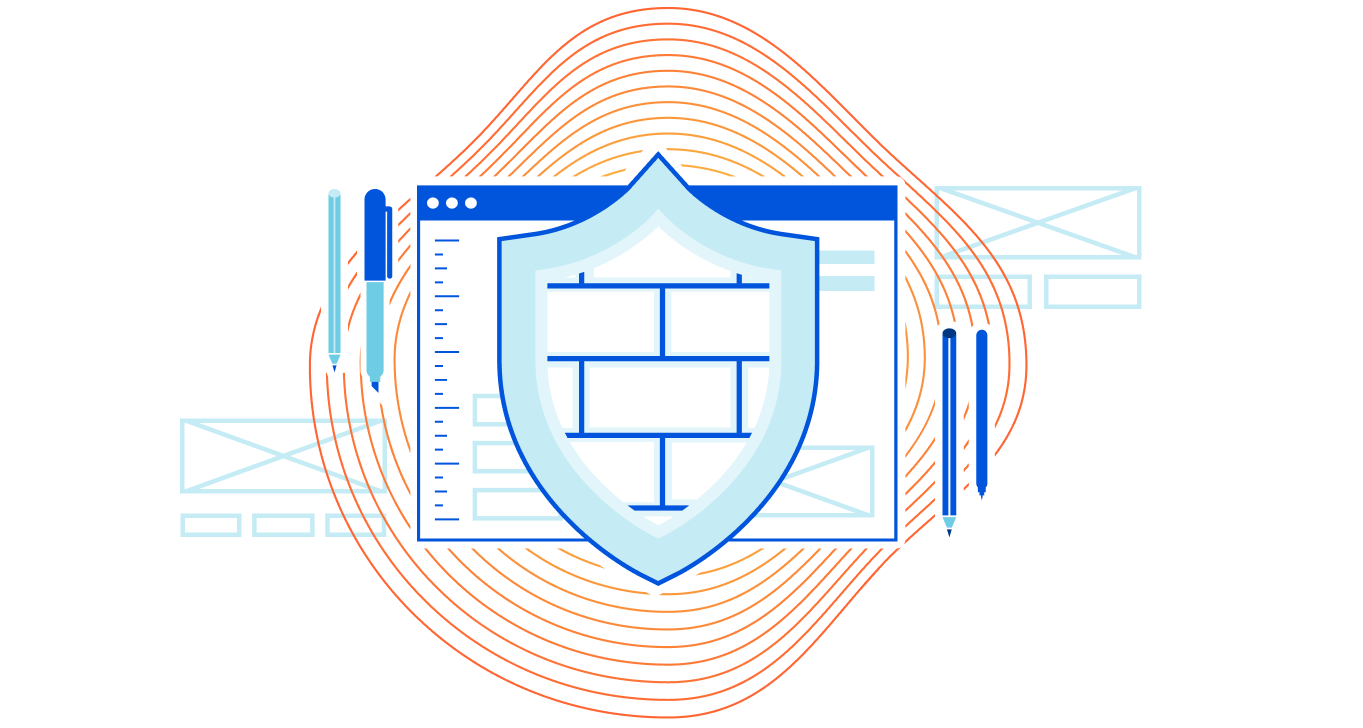What’s New in Calico v3.19
We’re excited to announce Calico v3.19.0! This release includes a number of cool new features as well as bug fixes. Thank you to each one of the contributors to this release! For detailed release notes, please go here. Here are some highlights from the release…
VPP Data Plane (tech-preview)
We’re very excited to announce that Calico v3.19 includes tech-preview support for FD.io’s Vector Packet Processing (VPP) data plane, joining Calico’s existing iptables, eBPF, and Windows dataplanes.
The VPP data plane promises high performance Kubernetes networking with support for network policy, encryption via WireGuard or IPSec, and MagLev service load balancing.
Interested? Try it out by following the tech-preview getting started guide!
Resource Management with kubectl (tech-preview)
In previous versions of Calico, the “calicoctl” command line tool was required to properly manage Calico API resources. In Calico v3.19, we’ve introduced a new tech-preview feature that allows you to manage all projectcalico.org API resources directly with kubectl using an optional API server add-on.
Try it out on your cluster by following the guide!
Windows Data Plane Support for containerd
Calico v3.19 introduces support for Calico for Windows users to deploy containers using containerd Continue reading



 Useful reading to understand network integrity, impacts and risk of mobile networks
Useful reading to understand network integrity, impacts and risk of mobile networks





